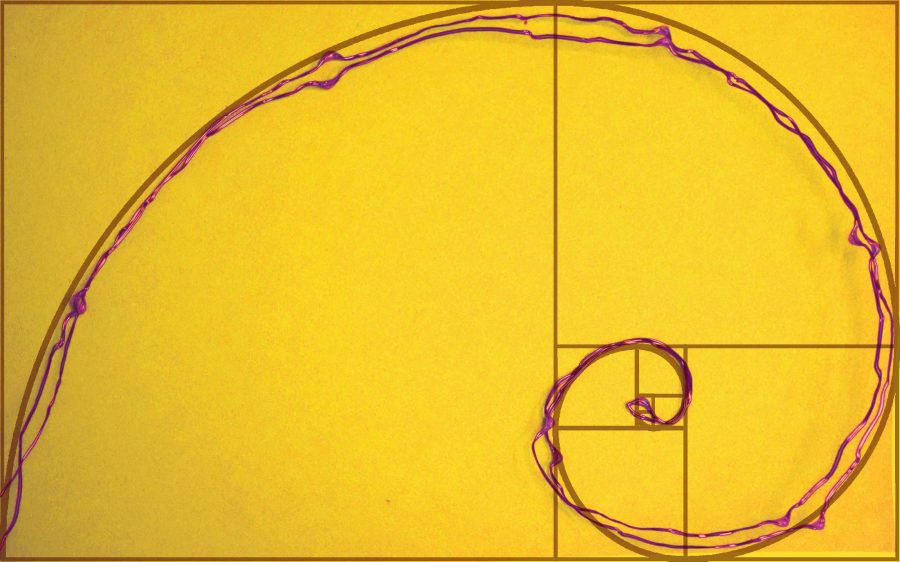Our cultural definitions of beauty may vary widely, but according to “Maxims or Myths of Beauty? A Meta-Analytic and Theoretical Review,” a study conducted by psychologists at the University of Austin, people generally “agree about who is and is not attractive.”
Physiology and Biology teacher Kyle Jones believes that this finding may stem from an evolutionary need. Even though the essence of beauty cannot be precisely captured, Jones clarifies that certain features are favored over others because of a basic human survival instinct — the drive to find a healthy mate.
“Symmetry often indicates health in a way that someone who’s asymmetrical might indicate that they were lacking some nutrients,” Jones said. “Also, asymmetry can sometimes indicate an injury or infection or something that changed one side of the body versus the other, which again, same idea — the health sort of thing.”
This agreement may also have its roots in mathematics, specifically in proportions like the golden ratio. The golden ratio, discovered by ancient Greek mathematician Euclid, is based off of the Fibonacci sequence and equal to roughly 1.618. Commonly found in nature, for example the shell of a nautilus, the ratio is often used to create visual interest in artwork and photography.
“Why does a rose grow in this pattern? Why does a shell grow in this pattern? People want to make meaning out of that and identify that, so we do, and we classify it. We give it names. And in this case, the Fibonacci sequence,” Chow said.
Much like the golden ratio, the rule-of-thirds guides photographers in creating visually pleasing photos through the framing of subjects. It is often taught in photography and architecture as the placement of objects on the intersections of a three by three grid that draws the viewer’s eye to the focus of the photo.
Art and photography teacher Brian Chow states that the golden ratio and rule-of-thirds work by breaking up the monotony of photographic and pictorial pieces. It naturally pleases the eye by following patterns found in nature.
“Why does a rose grow in this pattern? Why does a shell grow in this pattern? People want to make meaning out of that and identify that, so we do, and we classify it. We give it names.And in this case, the Fibonacci sequence,” Chow said. “That sequence mathematically lays out this pattern that happens numerically and creates the [ratio]. It has this sort of natural visual balance or physical balance that is in nature.”
And the desire to find meaning in visual patterns around us results in one simple truth: Beauty exerts immense emotional power over us. We feel hurt when we are called ugly, we feel proud when we are called beautiful — we judge the world around us by our standards of beauty. Whether we like it or not, the societal standards of what is and is not beautiful affect our day-to-day lives.























